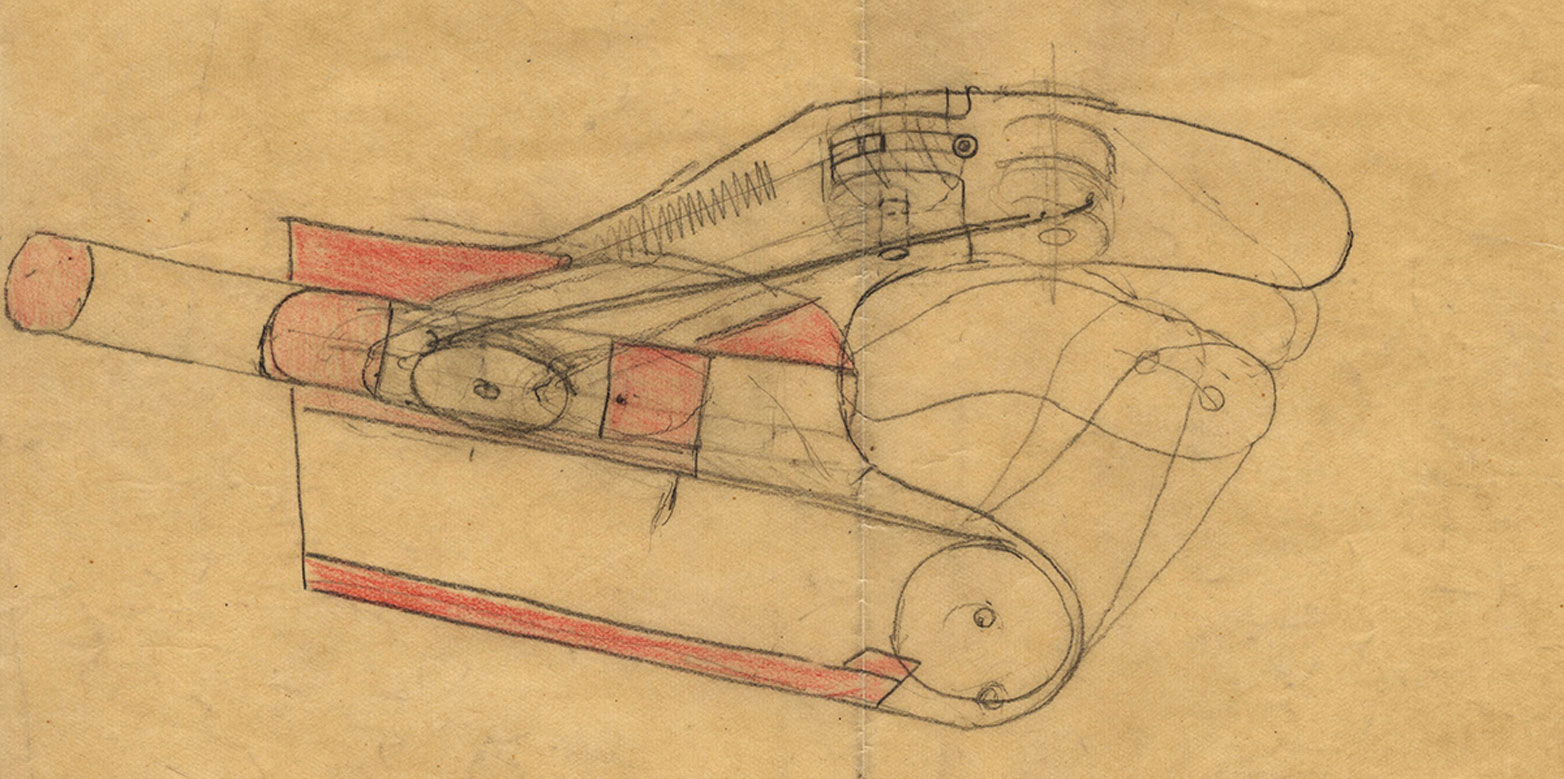CYBATHLON 2020 – video campaign
Moving people and technology
At CYBATHLON 2020, you can find out how people with disabilities are harnessing the possibilities of intelligent technology to improve their lives. A leather toe? A wooden hand? A prosthetic controlled by the mind? Did you know that even the ancient Egyptians replaced missing body parts with prostheses of wood or leather? And that we know of several methods dating from antiquity for optimising the impaired movement of an injured body using mechanical aids?

Technological advances have naturally resulted in ever more complex systems, up to and including bionic prostheses. In the ETH Library, you will find historic exhibits – including two particularly valuable designs for hand prostheses by Aurel Stodola and external page Pierre Ballif – as well as comprehensive research literature on this topic. The Research Collection brings together the latest state of research, so that you and future researchers can build on it. Read more about this in the following selected articles:
Defying fate: Werner Witschi trains with the exoskeleton
The history of prosthetics and orthotics
Werner Witschi’s life took a tragic turn when he suffered a workplace accident. The qualified electrical engineer has been paralysed since 2013. Yet his life changed again with another unexpected development.
What is the difference between prosthetics and orthotics, and what is an exoskeleton? Professor Robert Riener (Sensory-Motor Systems Lab, D-HEST) explains the difference and guides us through the history behind them. He conducts research into sensorimotor systems at ETH Zurich and was the initiator of the CYBATHLON tournament.
The current state of research
The VariLeg team and Werner Witschi train with the exoskeleton. They achieve an initial success: Werner Witschi’s improved physical awareness. However, another result of the therapy with the exoskeleton outshines them all.
For some years now, it has been possible to control prosthetics via muscle impulses. Professor Stanisa Raspopovic (Institute of Robotics and Intelligent Systems, D-HEST) has been fascinated by this since early childhood and works to constantly improve the systems involved. His team developed a prosthetic that enables patients to “feel” again. He believes this will have far-reaching and positive effects on our society.
The next steps
It is not easy to control an exoskeleton and be carried by it. It takes a lot of faith in the technology – and further research is required. What does Werner Witschi hope the future will bring in terms of further developments?
Professor Roger Gassert (Rehabilitation Engineering Laboratory, D-HEST) is familiar with the challenges that await researchers. For not every solution developed in a laboratory can be easily integrated into the everyday lives of patients. He believes that the most promising path is to combine various forms of therapy with technological advances.